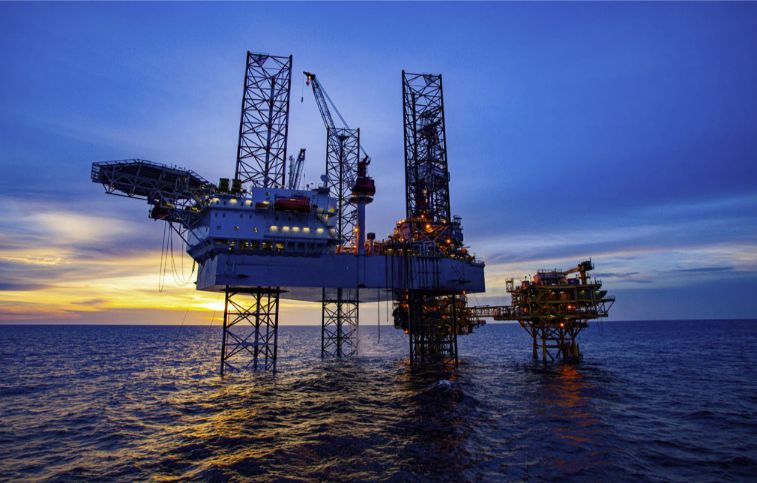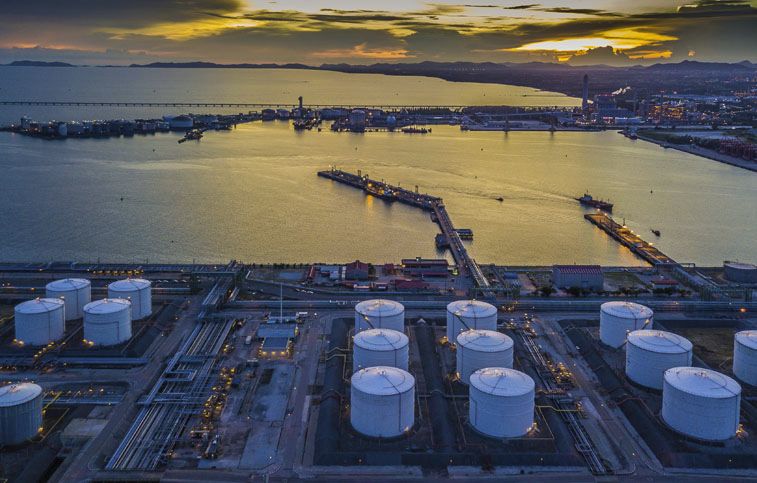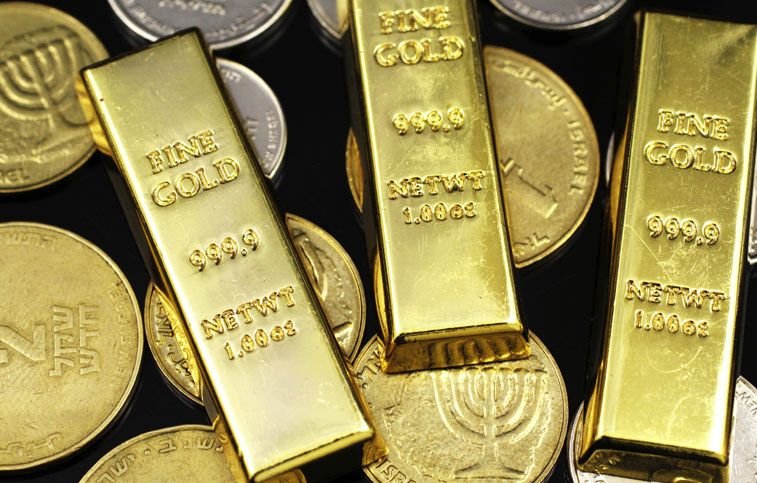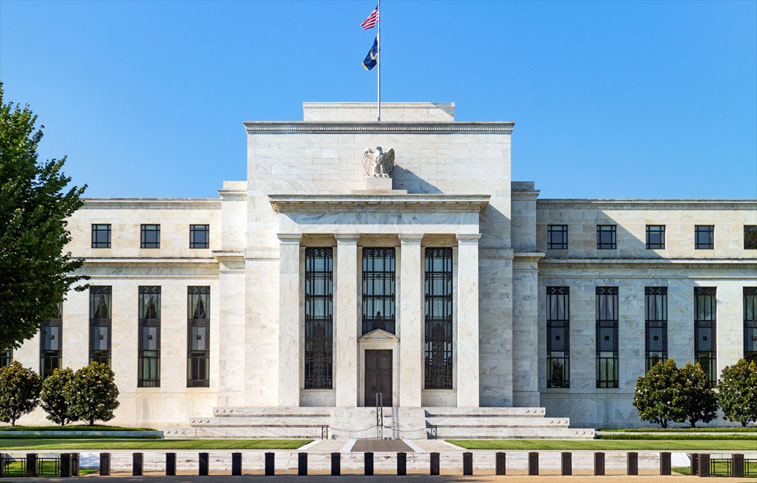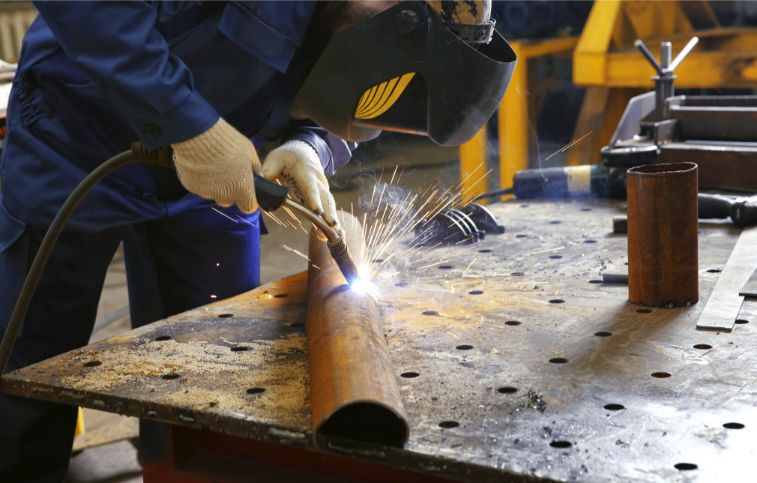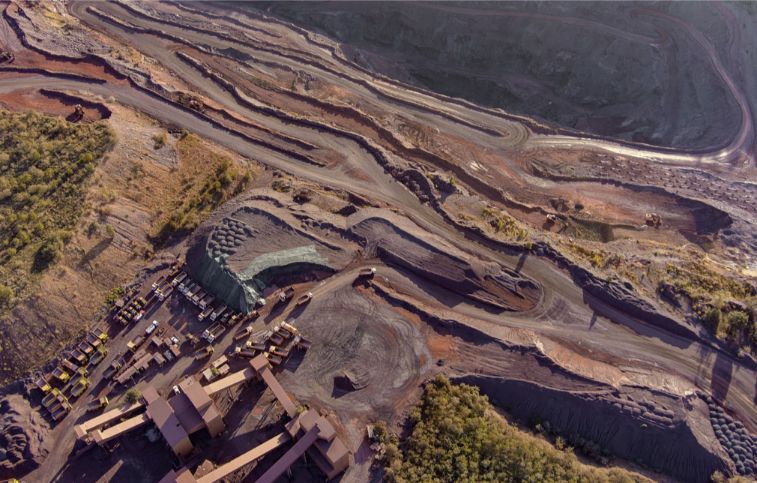Copper futures dealers anticipate increasing supply constraints due to rising global demand brought on by the energy transition. Trafigura, one of the largest commodity trading companies in the world, has issued a warning that global copper supplies have dropped to precariously low levels.
Speaking at the FT Mining Summit, Kostas Bintas, co-head of metals and minerals trading at Trafigura, stated that the copper market is now operating with stockpiles covering 4.9 days of global demand and is anticipated to end this year at 2.7 days, according to the company’s predictions. Copper reserves are typically assessed every week.
Copper is a base metal used in various applications, including wind turbines, electrical wiring, and electric vehicles. The price of copper, currently trading around $7,400 per tonne, had decreased by approximately 30 percent since the beginning of March 2022, when the metal was trading above a record $10,000 per tonne.
Because there are few supplies available, there is a greater possibility that there will be an abrupt rise in prices if there are significant withdrawals followed by a rush by traders to grab supply.
Copper prices have been under pressure in recent months due to a combination of factors, including the strength of the dollar and concerns about a global economic slowdown. However, executives working in the global metals industry argued on Thursday that limited supply in the market was still supporting prices.
“Even though so much attention is being paid to the weakness in the property sector in China, the demand for infrastructure and the demand for electric vehicle copper more than compensates for that,” Bintas said. “In other words, the demand for copper in electric vehicles is more than making up for the shortfall in the property sector in China.” “In reality, not only does it entirely cancel out the slump in the real estate market, but it also enhances their overall consumption growth.”
He went on to say that the scenario was the same in Europe, with the exception that the European region was speeding up its transition to renewable energy to wean itself off of Russian natural gas, which led to an increase in the demand for copper.
“It is not a coincidence that the European Union (EU) has chosen to bring forward from 2030 to 2025 the target of doubling its solar capacity. Copper is needed in large amounts for all of this,” he remarked. “When one considers electric vehicles generally, one finds that the numbers are, surprise, on the positive side. Additionally, a significant amount of copper is required for that. Consequently, we have decreased our inventory during this extremely challenging year.”
Copper bears are investors that predict that demand for the metal will decrease due to factors such as the slowdown in China’s property industry, where copper is used in wiring, plumbing, and cladding, as well as the energy crisis in Europe.
Marcus Garvey, head of the commodity strategy at Macquarie, predicted that the global copper market would move toward a surplus of 600,000 tonnes next year due to an increase in supply from Latin America and other regions. About the effects of the crisis on the global macroeconomic system, he predicted that “all industrial metals will go into surplus” the following year.
Copper supplies in the inventory of the London Metal Exchange took a significant nosedive. According to analysts working for Peel Hunt, “traders in China are struggling to hedge metal since Shanghai equities have collapsed recently, and traders are grabbing all they can” as a result of the recent sell-off in Shanghai’s stock market.
Copper stocks held at warehouses operated by exchanges such as the LME provide a partial picture of copper stocks in the supply chain because many industrial customers will keep their metal reserves. However, visible stockpiles can have a significant impact on the sentiment of the market.
During a conference call with investors, Freeport CEO Richard Adkerson said, “We have no trouble selling copper.” Reuters reported on this statement. “It blows my mind how pessimistic the financial markets are about this sector, yet at the same time, the physical market is so constrained.”
The chief executive officer of a Canadian copper mining company named Teck Resources, Jonathan Price, stated that “the macro view is completely detached from the core physical fundamentals of the copper market.”
Copper was sold off due to fears of recession, according to Bintas, who had predicted that copper prices would reach $15,000 a tonne the previous year. However, Bintas expects to “very quickly” see a “structural re-pricing” as those fears subside. Bintas had predicted that copper prices would reach $15,000 a tonne the previous year.





